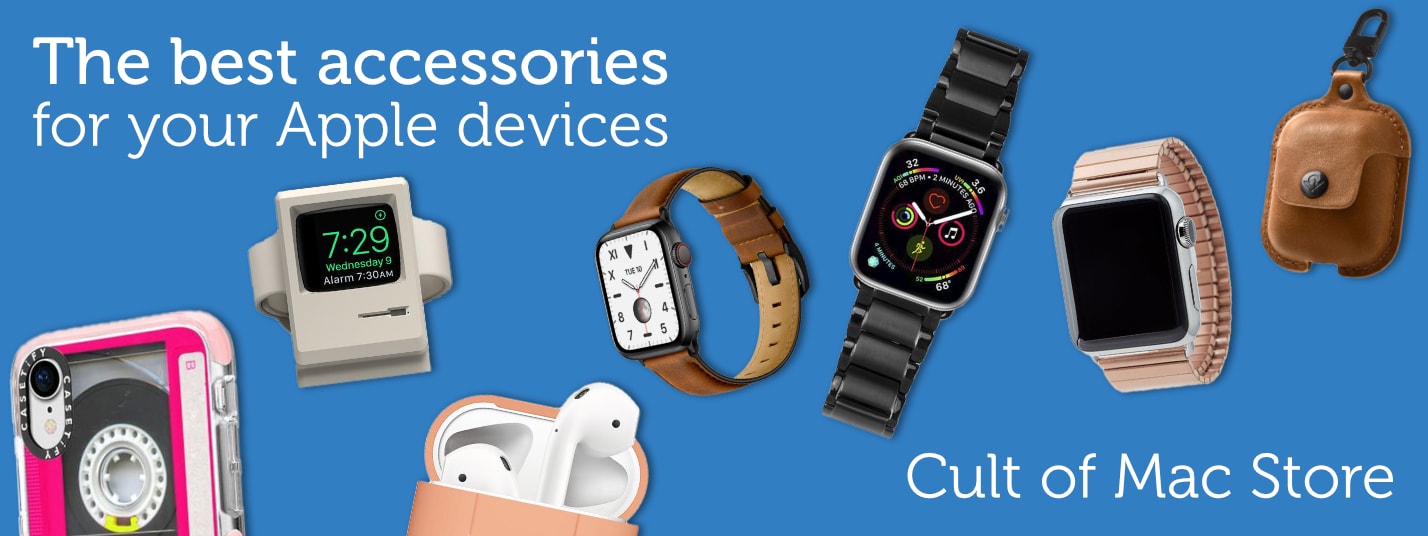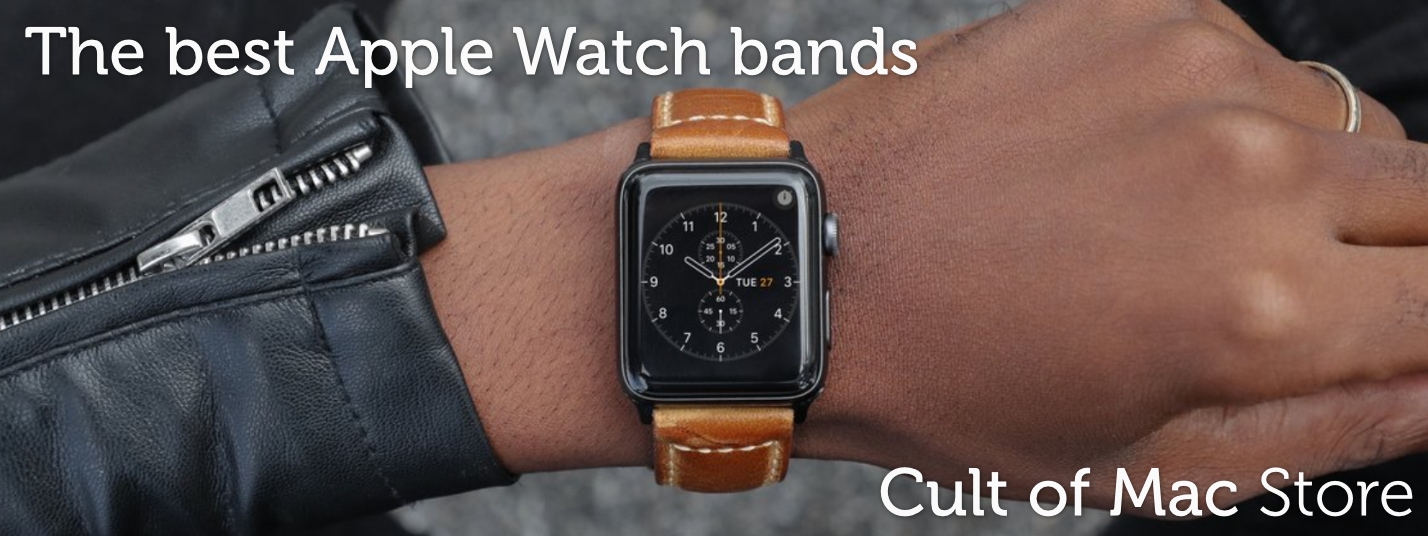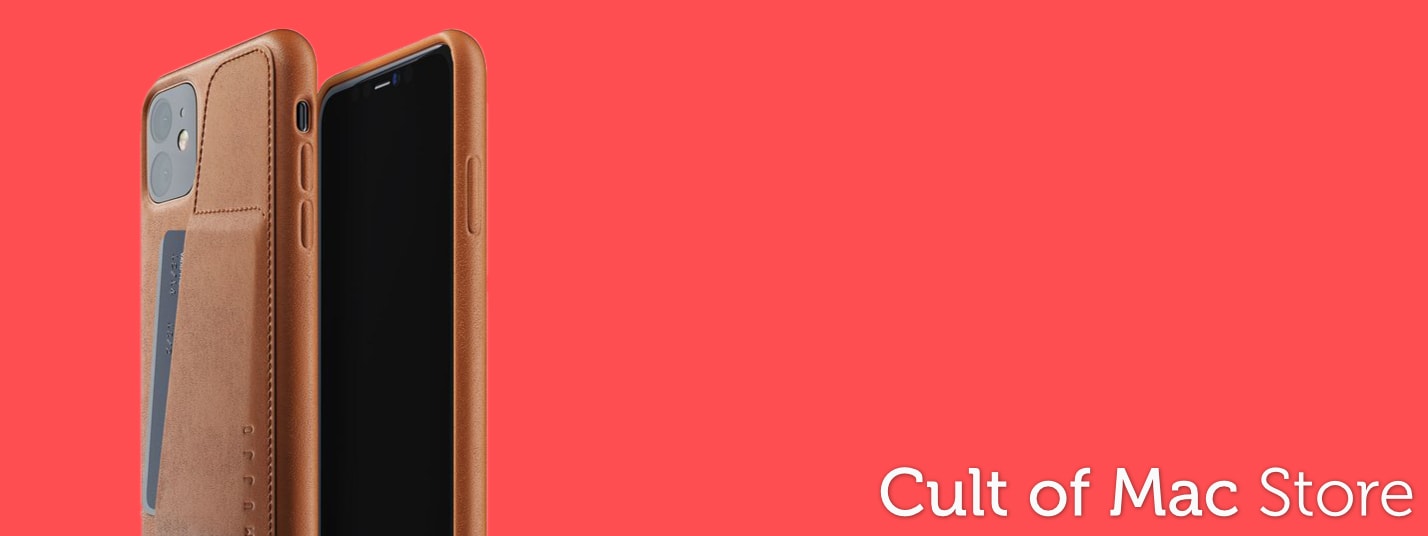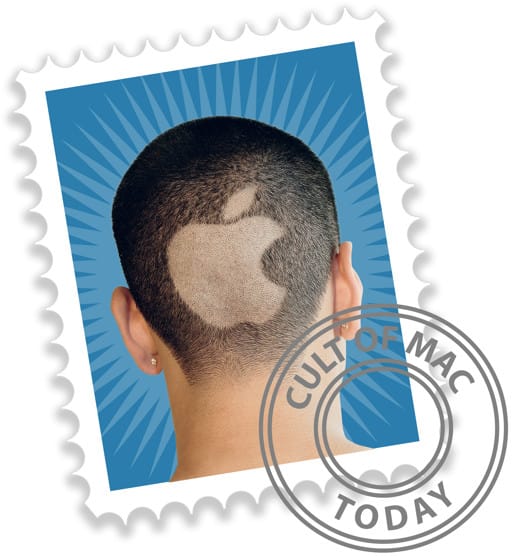-
How to make a custom ringtone on your iPhone
How to make a custom ringtone on your iPhone
By D. Griffin Jones · April 29, 2024If you don’t keep your phone on silent, you may as well create a fun, custom iPhone ringtone. You can use any YouTube video or MP3 file. more...
-
Take an early look at larger, 6.9-inch iPhone 16 Pro Max
By Ed Hardy · April 29, 2024 -
EU labeling iPad a ‘gatekeeper’ will bring major changes to iPadOS
By Ed Hardy · April 29, 2024 -
Powerful MacBook Pro plays nice with PC [Setups]
By David Snow · April 29, 2024 -
iOS 18 might revamp many built-in iPhone apps
By Rajesh Pandey · April 28, 2024
Latest Posts
-
- Sponsored
How to remove an Apple ID from an iPhone without the password
By D. Griffin Jones · April 29, 2024 -
- News
iPad lets Ukraine fly Soviet-era planes into combat
By Ed Hardy · April 29, 2024 -
- News
Upcoming OLED iPad Pro might feature next-gen M4 chip
By Rajesh Pandey · April 28, 2024 -
- News
Affordable Beats Solo Buds, Beats Solo 4 headphones might launch April 30
By Ed Hardy · April 28, 2024
-
Every Mac deserves a quality PDF reader like this one
-
Get the lowest price ever on M1 iPad Air
-
Today in Apple history: Steve Jobs trashes Adobe Flash in devastatingly blunt open letter
-
Apple TV+ bags big British awards for Slow Horses and Silo
-
This autofocus 4K webcam packs AI superpowers
-
Retro game emulator Delta coming soon to iPad
-
Snag a Costco membership for just $60 (and get a $40 bonus)
-
Today in Apple history: iTunes Music Store opens its doors
-
This night light iPhone charger brings the chill vibes
-
Pick up a refurbished iPad 6 with accessories for just $154.97
Popular Now
-
How to check iPad battery health
-
How to download and convert YouTube videos to MP4 [Sponsored]
-
Users report mysteriously being locked out of Apple ID accounts
-
New net neutrality rules should end mobile video throttling
-
These rechargeable batteries can save you hundreds [Deals]
-
Nonconsensual AI nude apps kicked out of the App Store
-
Handsome desk shelf brings calm to chaos [Setups]
-
What will Apple ‘Let Loose’ at its May 7 event? [The CultCast]
-
Upcoming OLED iPad Pro might feature next-gen M4 chip
How-Tos and Tips
-
- How-To
How to check iPad battery health
By Ed Hardy · April 26, 2024 -
- How-To
How to use Delta, the iPhone game emulator
By D. Griffin Jones · April 23, 2024 -
- How-To
How and why to use iPhone Stolen Device Protection
By Ed Hardy · April 18, 2024 -
- How-To
5 essential Mac settings you should change
By Rajesh Pandey · April 13, 2024 -
- How-To
Share passwords with your family on iPhone
By D. Griffin Jones · April 3, 2024 -
- How-To
These are the best and coolest Apple Watch faces
By D. Griffin Jones · March 16, 2024
Cult of Mac Giveaways
Win a rugged and waterproof Apple Watch sport band
Got an Apple Watch? Then you should enter our giveaway to win a tough-but-beautiful Lululook Waterproof FKM Sport Band. >>>
Setups
-
- setups
Powerful MacBook Pro plays nice with PC
By David Snow · April 29, 2024 -
- setups
Handsome desk shelf brings calm to chaos
By David Snow · April 26, 2024 -
- setups
Artist loves his iPad Pro stand for good reason
By David Snow · April 24, 2024
Latest Videos
- Cult of Mac Videos
-
Apple’s surprise May 7th event — here’s what’s coming! (CultCast #644)
Apple’s surprise May 7th event — here’s what’s coming! (CultCast #644)
-
5 Reasons Your Mac Might Be Running Slow
5 Reasons Your Mac Might Be Running Slow
-
5 Mac Settings You Should Change
5 Mac Settings You Should Change
-
The Best Games on Apple Arcade
The Best Games on Apple Arcade
-
Apple Watch Face TIER LIST
Apple Watch Face TIER LIST
Today in Apple History
- History
Steve Jobs trashes Adobe Flash in devastatingly blunt open letter
On April 29, 2010, Steve Jobs penned "Thoughts on Flash," an open letter that explained why, basically, Adobe Flash kind of sucked. >>>
Latest Apple TV+
- Apple TV+
Can dimension-shifting Constellation nail its season finale?
On the Apple TV+ sci-fi show, you should never believe what you think is reality. Will "Constellation" season finale wrap up its loose ends? >>>
Daily Deals
-
- Daily Deals
Every Mac deserves a quality PDF reader like this one
By Cult of Mac Deals · April 29, 2024 -
- Daily Deals
Get the lowest price ever on M1 iPad Air
By David Snow · April 29, 2024 -
- Daily Deals
This autofocus 4K webcam packs AI superpowers
By Cult of Mac Deals · April 29, 2024 -
- Daily Deals
Snag a Costco membership for just $60 (and get a $40 bonus)
By Cult of Mac Deals · April 28, 2024 -
- Daily Deals
This night light iPhone charger brings the chill vibes
By Cult of Mac Deals · April 28, 2024 -
- Daily Deals
Pick up a refurbished iPad 6 with accessories for just $154.97
By Cult of Mac Deals · April 27, 2024
Reviews and Recommendations
-
- reviews
New mophie case adds hours to iPhone battery life
By Ed Hardy · April 23, 2024 -
- reviews
Anker’s portable power station gets you through blackouts and campouts
By David Snow · April 19, 2024 -
- reviews
Make music like a pro with the best audio interfaces for Mac
By David Snow · April 16, 2024 -
- reviews
Stylish desk mat comes with integrated wireless charging
By Ed Hardy · April 18, 2024 -
- reviews
Belkin iPhone stand cleverly keeps camera focused on you
By Ed Hardy · April 8, 2024 -
- reviews
These are the best games on Apple Arcade
By D. Griffin Jones · April 6, 2024
Newsletters
Daily round-ups or a weekly refresher, straight from Cult of Mac to your inbox.
-
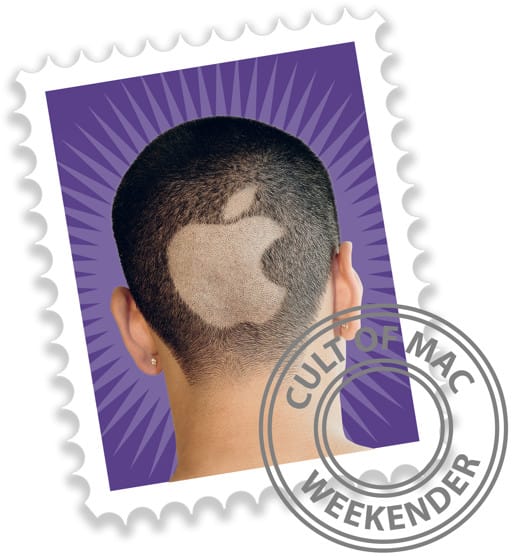
The Weekender
The week's best Apple news, reviews and how-tos from Cult of Mac, every Saturday morning.
Our readers say:
"Always posting cool stuff" -- Vaughn Nevins.
"Very informative" -- Kenly Xavier.
